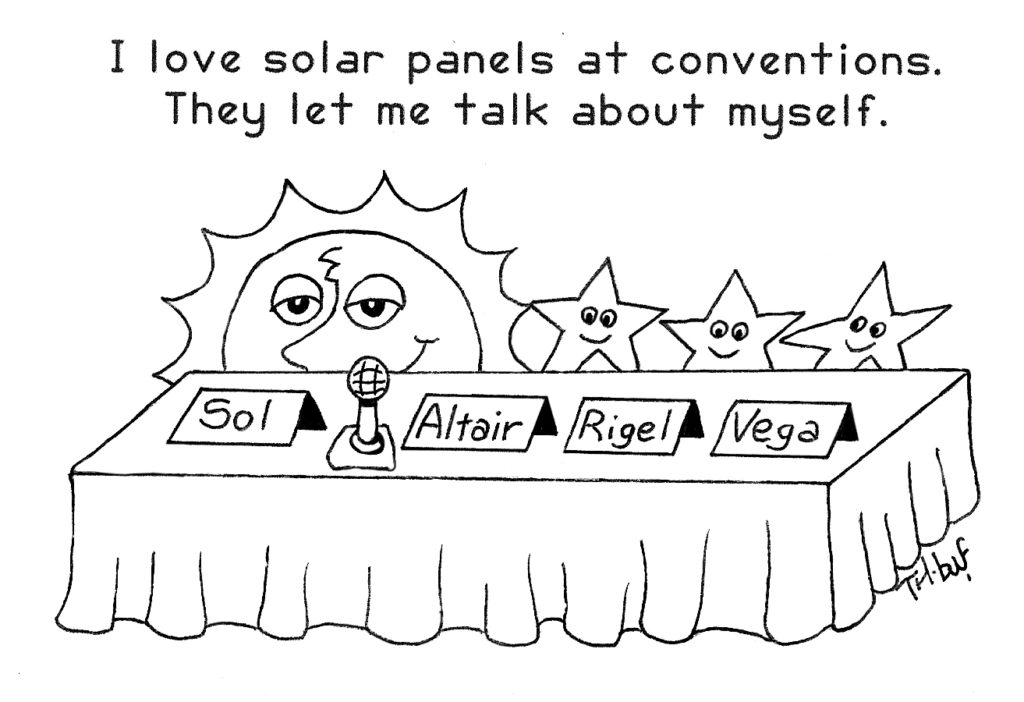
By John Hertz: The only current annual fanziners’ convention I know of is Corflu. Another called Ditto having run two decades, not always annually, fell asleep. An attempt at another called Toner lasted, if memory serves, two years.
Corflu is mimeograph correction fluid, once indispensable. The Mimeograph was a 19th Century invention for making inexpensive copies by forcing ink through stencils held on a rotating drum. In the United States, “Mimeograph” was a registered trademark of A.B. Dick Co., but was allowed to become generic.

Gestetner-brand machines appeared a few years later. With Roneo-brand machines you could change drums to change the color of ink. Rex Rotary was another brand. I’m not sure how widely mimeograph or mimeo was used as a generic term outside the U.S.
Many thought this the Grade A technology for fanzine publication until cheap photocopying arrived. Corflu was essential so as to cure misteaks.
Spirit duplication, which always sounded to me like something out of a fantasy story, was a 1920s tech. Writing on a master sheet pressed the master against a second, inked sheet; the master, duly inked on its back side, and attached to a drum, was rolled over a wick holding an alcohol-based solvent that transferred ink onto paper.
The Ditto brand was best known; another was Heyer. You could correct errors with skillful use of a razor blade, or an X-Acto knife, and rewriting (or even retyping).
Each of these had various advantages, disadvantages, and know-how. Generally mimeo could reproduce more copies, spirit duplication was cheaper.
Toner is the powdery ink used in laser printers and many photocopiers.
As Paul Skelton recently quoted from Marshall McLuhan in Raucous Caucus 7, when technology becomes obsolete it reshapes into an art form. Actually McLuhan also said obsolescence isn’t an ending, it’s a beginning. Speaking for myself I’m big on Right tool for right task.
Corflu XXXVII was March 13-15, 2020, at College Station, Texas, U.S.A. (some cons get names; this one was “Corflu Heatwave”). Corflu XXXVIII is scheduled for March 26-28, 2021, at Bristol, England, U.K. (“Corflu Concorde”). Seldom able to attend in person, I’ve been a faithful Supporting Member, and happily recommend membership in either kind.
If you’re electronic you can start here; or you can always write to me, 236 S. Coronado St., No. 409, Los Angeles, CA 90057, U.S.A.
Discover more from File 770
Subscribe to get the latest posts to your email.

The Corflu Heatwave one-shot PLUGLUNK is nearly completed and shall be emailed /snail mailed out to all attending and supporting members of the convention.
There is an art organization, Alt Gar Bra, that has taken a special interest in Gestetner duplicators, hosting conferences and presentations about publications using them, including sf fanzines. Here’s their website: http://www.altgarbra.org/
Several British fanzines, “Raucous Caucus” and “Inca,” have run stories about one of the conferences.
John could also have mentioned the hectograph, which was used in some of the earliest fanzines. It took both skill and determination to produce a fanzine by hecto, which aptly describes some of those earliest fanzine publishers.
This gets the spirit duplication process wrong. This used aniline dye in a master sheet; you typed on a white sheet attached, and the dye transferred to the back of the sheet. You attached this to the duplicator, and the paper feeding though would be wet with an alcohol solution, allowing some of the dye—no ink involved!—to transfer to the paper.
You could also use various color dye sheets—red, green, blue, yellow, brown, dark gray—to create multi-color artwork. Unlike mimeo, all the colors were reproduced at one go. The earliest issues of my ALGOL were done in spirit duplication.
The press-run could be up to 250-300, which is what I was getting on ALGOL. Of course, to get two sided reproduction, you had to run the sheets, already printed with page 1, through the machine again, to get page 2.
I named my electric Heyer Duplicator “Georgette,” of course. Eventually sold the machine to Mark Richards, when ALGOL went offset.
Here’s my website on Thomas Edison’s Electric Pen, which in 1875 was the origin of stencil duplicating and led to A.B. Dick’s invention of the mimeograph:
https://electricpen.org/index.htm
The first fanzine convention that I knew of was Autoclave, which was held five times in the Detroit area between 1976-1981. I attended one (probably Autoclave II), as well as one Corflu (where my name was drawn out of the hat and so I became GoH) and several Dittos.
In re Rich Lynch: Huh. I thought both ‘hekto’ and ‘hecto’ were acceptable spellings, (see here: http://www.fiawol.org.uk/fanstuff/THEN%20Archive/hekto.htm) but your link gives only one. Was I wrong?
The Gestetner Ice Bucket adorning my study provides a visual, incomplete timeline of the firm until 1963: 1881 In the Beginning Cyclostyle; 1893 Automatic Cyclostyle; 1903 Rotary Cyclostyle Duplicator; 1958 Gestefax; 1963 Model 355 Stencil Duplicator. In my ownership, the Gestetner Icebucket has stored USB and HDMI cables, rather than ice.
Also on my shelves are two pyramid-shaped bottles of correction fluid, one branded Speed-O-Print, one branded as Klean Write. The Speed-O-Print fluid has dried out. The Klean Write remains in a liquid state.
@Rob: ‘Hektograph’ had been a registered trademark of The Hektograph Mfg. Co. back in the 1880s when hectography was apparently frequently used for printing. The term has since entered into non-protected use and both variants, for what it’s worth, are equally acceptable though the ‘c’ variant of the word seems more frequently used. When it’s used at all.
In recent years, I’ve seen “mimeograph” used when what is being described by (usually) younger generations is clearly a ditto duplicator. It saddens my heart, it truly does. (Don’t even me started on the whippersnappers who don’t know the difference between a buggy whip and a riding crop!)
Are there such? OMG!